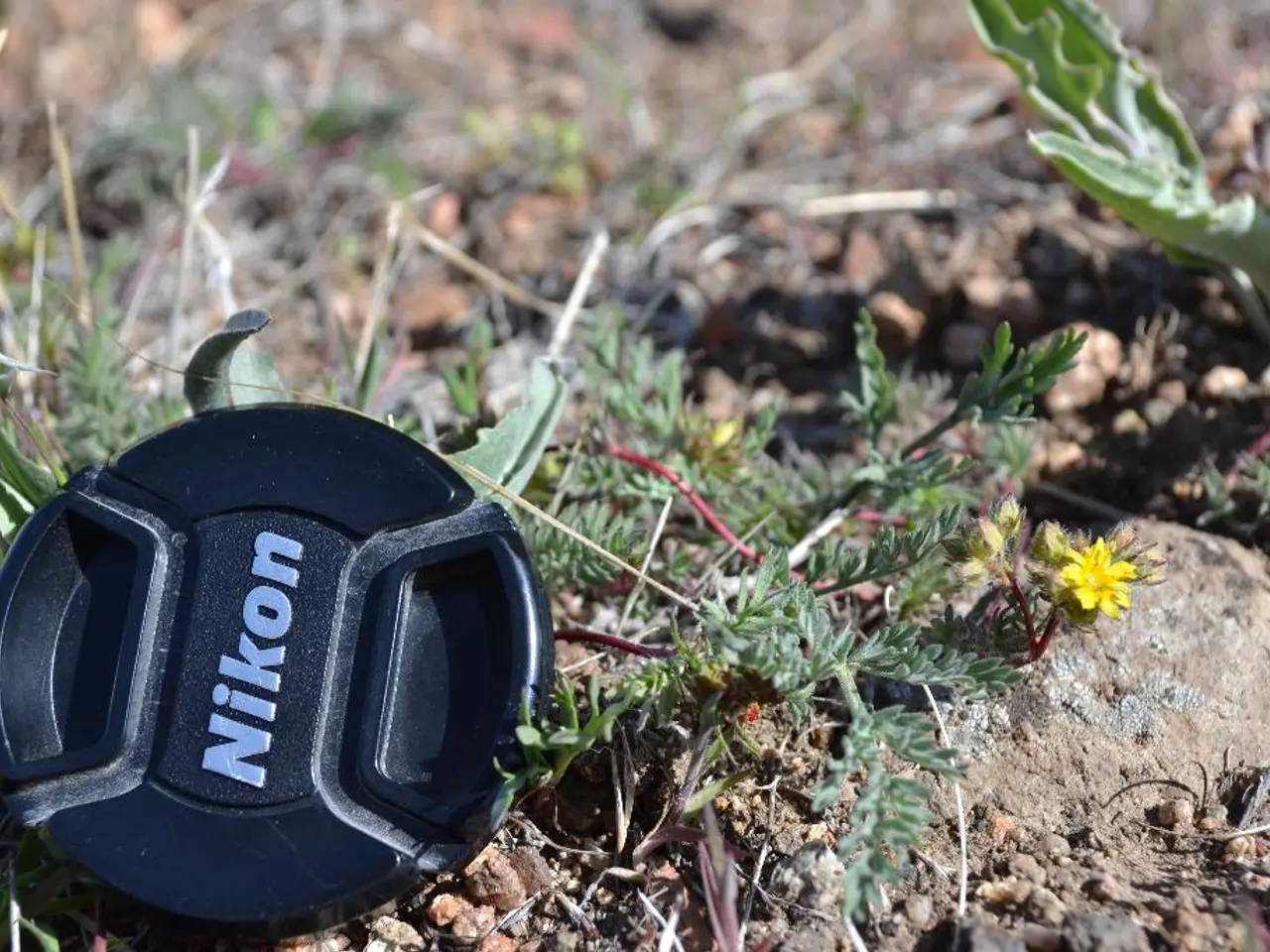Gardening Advice and Timetable for the Southeast Region
In the Southeast region of the USA, maintaining a cool lawn requires a bit of know-how. Here are some essential tips to help you keep your lawn looking its best.
Laura Miller, a specialist in edible plants, holds a degree in Biology, Nutrition, and Agriculture. Based in Ohio, she shares her expertise to help you navigate the world of lawn care.
Mowing
The recommended mowing height for grasses in the Southeast typically ranges from 1.5 to 3 inches. It's best to mow once a week during the growing season. Be sure to cut no more than the top third of grass blades to ensure a healthy lawn.
Fertilizing
If you only feed your lawn once a year, fertilize warm-season grasses like bermuda or zoysia in late spring, and cool-season species like fescue or bluegrass in the fall. Remember to aerate your lawn before fertilizing—warm-season grasses prior to late spring, and cool-season species in the fall.
Watering
Watering your lawn correctly is crucial for its health. Signs of drought stress include a change from green to a bluish-green colour and visible footprints remaining on the grass after walking. To determine the moisture level of the soil, you can perform the screwdriver test—push a screwdriver through the sod and into the soil. If it's difficult to do so, the soil is dry.
Aerating
Aerating can be performed annually when the lawn is actively growing. This process removes small plugs of dirt, allowing the lawn to better absorb nutrients and water.
Thatch Management
Small areas of thatch build-up can be hand-raked, but for larger areas, consider renting a power rake.
Irrigation and Drought Stress
Cool-season lawns are more likely to suffer damage or perish without supplemental water during dry spells. Warm-season grasses like bermuda or zoysia grass can go dormant and turn brown during dry spells but will bounce back with more frequent rain showers.
Fertilizer Selection
Choose a fertilizer with a high nitrogen level, such as 4-1-2, to promote healthy growth.
Leaving Grass Clippings
Leaving grass clippings on the lawn can return over 50% of nitrogen to the turf and reduce fertilizer needs.
Consult a Local Extension Agent
For specific advice on the type of grass to plant or the height to cut it, consult a local extension agent. They can provide guidance tailored to your region's unique conditions.
By following these tips, you'll be well on your way to a thriving, green lawn. Happy gardening!
Read also:
- Sharply rising fatal accidents in Mainz 2025: A 144% surge in deaths - authorities plan to enhance safety for the elderly population
- Exploring the Digestive Benefits of Fermented Foods
- Senator Rasha Kelej welcomed Maldives First Lady at the seventh installment of the Merck Foundation's First Ladies Initiative Summit to discuss collaborative healthcare programs.
- Quarterly Review of the Biotechnology and Pharmaceutical Industries: A Look Back at Q2 2025




